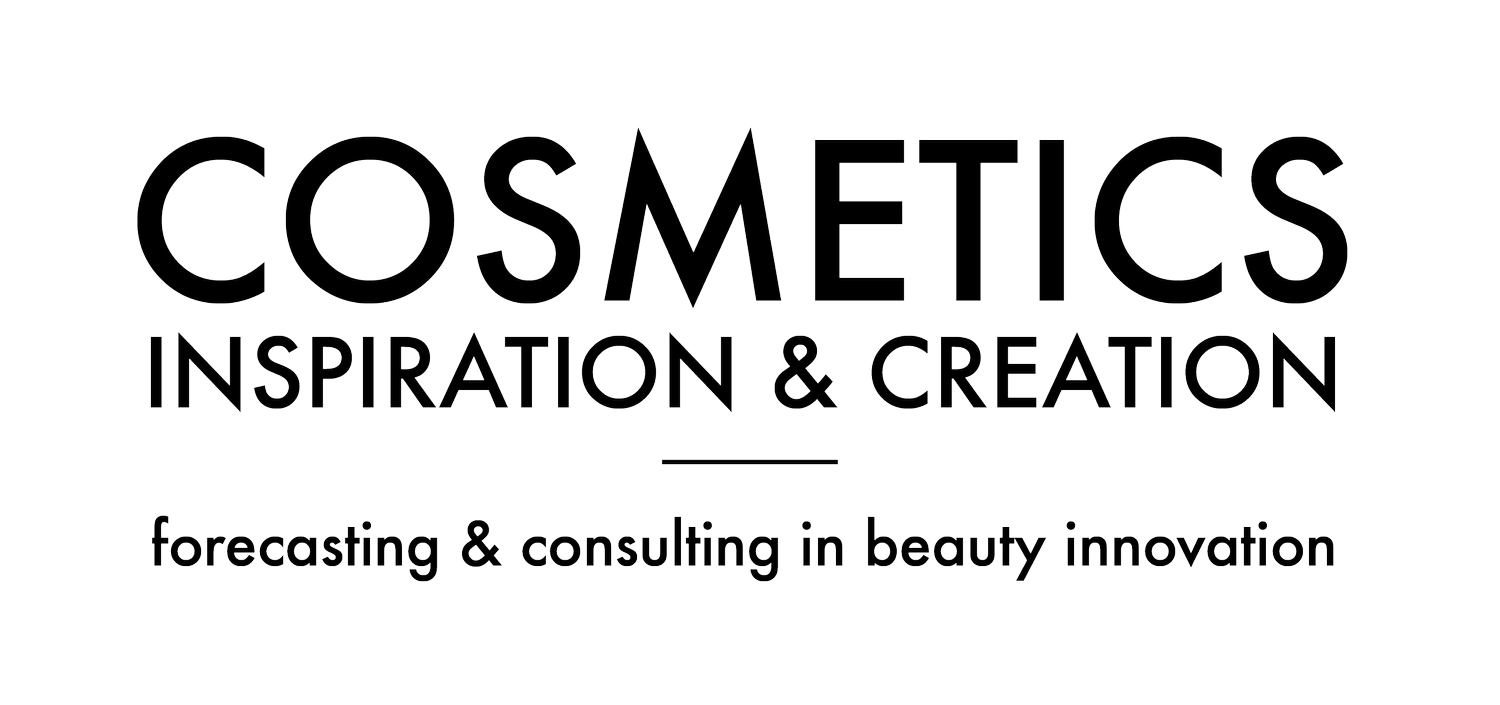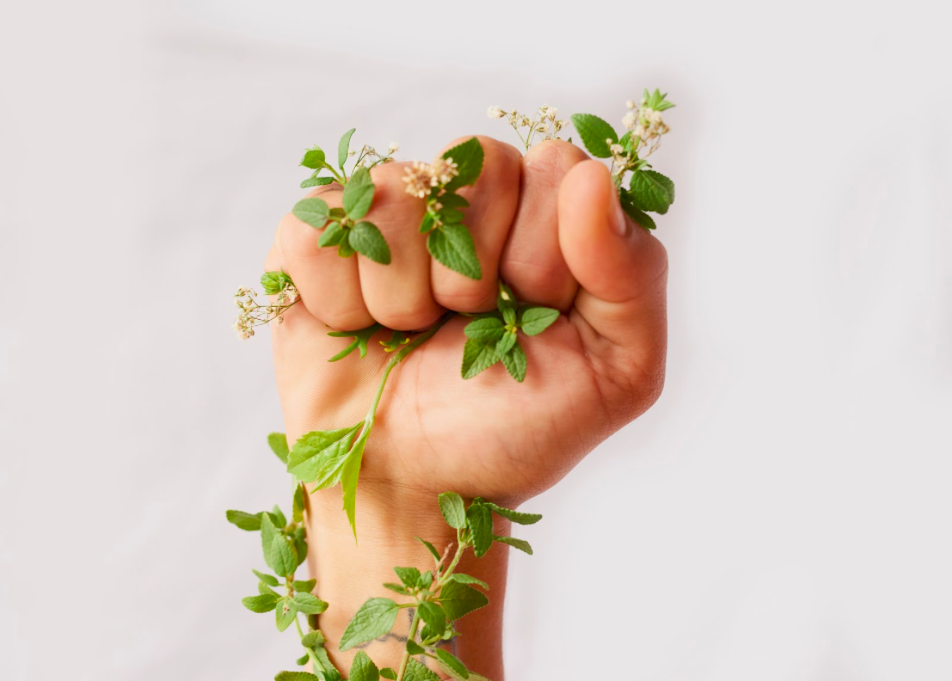All aboard the Seoul Train!
In July we were finally able to resume our Seoul Inspiration Tour - our expert-curated guide to the beauty capital, created in partnership with South Korean retail experts, Latitude37.
We couldn’t have been happier to guide clients through a packed itinerary that covered K-beauty hot spots, pop-ups, cult brands, cool cafes, must-see exhibitions and the trendiest bars. Every single destination was selected by us, along with Latitude 37, with the sole aim to fire inspiration.
Below, is just a small taster of the type of retail hot spots you can expect from a week’s itinerary in the K-beauty capital.
1/ Dior Pop-Up - Luxury Redefined
Photo Credit: Dior
location: 7, Yeonmujang 5-gil, Seongsu-dong
product: RTW, accessories, cafe
dates: Until 2025
Redefining the very idea of a pop-up, Dior goes BIG for Seoul, with a three-year plan to bring experiential luxury retail to the city’s trendy Seongsu-dong district. The facade of the vast 1,700 sqm building features a metal mesh structure with a glass roof, recalling the company’s newly renovated headquarters at 30 Avenue Montaigne. The multi-storey boutique also features a cafe, where visitors can sup in front of a large digital screen that reproduces a trompe l’oeil replica of the gardens of Christian Dior’s childhood home in Granville, Normandy.
2/ Ader Space 3.0 - Sci-fi leap into the future
Ader Space - Photo by Latitude 37 for Cosmetics IC
location: 518-11 Sinsa-dong, Gangnam-gu
product: contemporary streetwear, accessories , cafe
Known for bold and ultra-creative in-store experiences and conceptual fashions, Ader’s latest store, in the Sinsa-dong area of Gangnam district, takes a sci-fi leap into the future of multi-reality store design. Part retail store, part art gallery, Ader Error 3.0 is dedicated to the brand’s progressive vision and challenges customers to interact with their surroundings. A changing room can double as a noraebang singing room, another opens to a room with a bunk bed, fixtures and fittings move on demand, and to reach the cafe, visitors have to walk through a hotel-like hallway.
3/ Uncommon - Cashless redesigned
Credit: Uncommon store - Photo Yongjoon Choi
location: The Hyundai Seoul, 108 Yeoui-daero, Sixth Floor
product: convenience store
The ultimate convenience store- cashless, staffless and all app-controlled, Uncommon comes from local architecture and design studio Archi@Mosphere. Before entering the store, consumers download an app, and then scan their phones at the entrance. They can then shop snacks, drinks, fresh fruits and a selection of toiletries with the app taking control of all payments. The store interior is a mash-up of minimalist futurism with retro signage.
Our Inspiration Tours
We tailor every Inspiration Tour to our client’s exacting needs, so drop us a line today to take the next step on your inspiration journey.
Every tour is guided and comes with a complete book with description, addresses and inspiration seeds.











